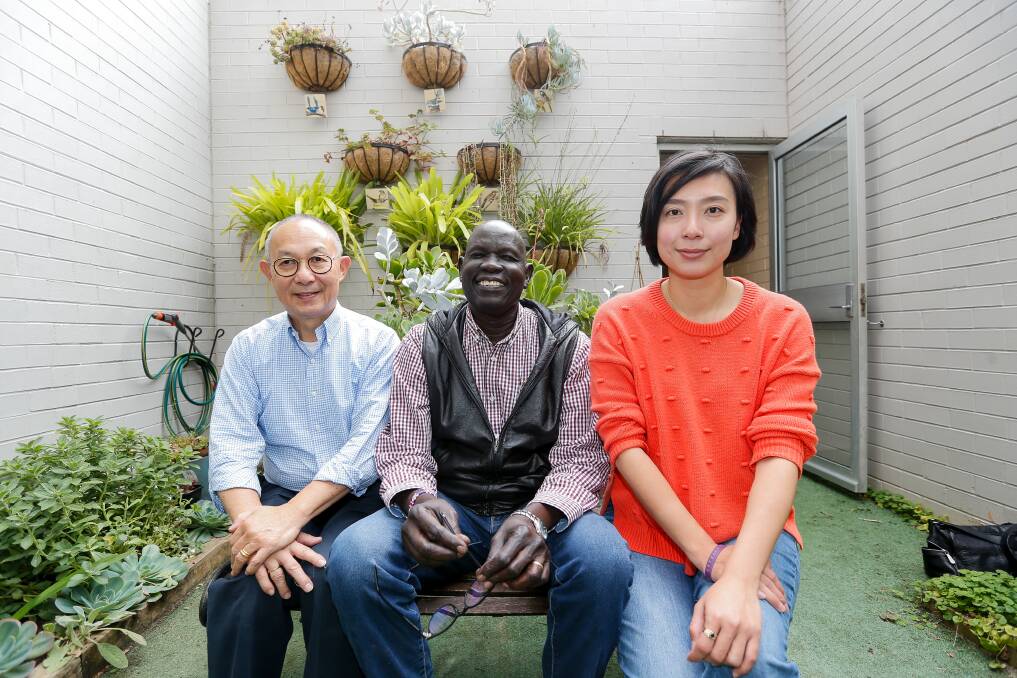
Warrnambool and the south-west is the least culturally-diverse place in regional Victoria, according to latest data from a national report.
Subscribe now for unlimited access.
$0/
(min cost $0)
or signup to continue reading
An analysis of the 2016 census by the Migration Council of Australia shows only six per cent of all people born overseas living in regional Victoria reside in Warrnambool and the south-west.
Data supplied by Warrnambool City Council confirmed just 4.2 per cent of residents spoke a different language other than English at home, which is lower than the regional Victorian average of six per cent.
But the number of people born overseas living in Warrnambool is increasing, totalling 8.1 per cent in 2016 in contrast to just 6.9 per cent in 2011.
In fact, net overseas migration has been the largest driver of population growth for the city over the past five years, averaging 222 people each year across the 2016-2020 period.
But a Warrnambool City Council spokesperson said it expected a net loss in overseas migration across 2020-21 to be evident in upcoming census data due to COVID-19 border restrictions.
As transient employees working in the farming and manufacturing industries - who are mostly born overseas - are also not included in current data, upcoming census figures will likely show an increase in diversity among the Warrnambool population.
Domino effect
Warrnambool City Council chief executive officer Peter Schneider said the result of flat population growth and closed international borders had placed "tremendous" pressure on the workforce.
"A confluence of low unemployment rates, flat population growth across the Great South Coast region, an ageing population and in recent years restrictions on international movement has placed tremendous demands on our local and regional workforce to get jobs done," Mr Schneider said.
"Skilled migration programs such as the Great South Coast Designated Area Migration Agreement remain critical to the existing and future workforce needs of our city and region."
Flat growth
Data from Warrnambool City Council shows that historically, city growth has been steady at around one per cent from 1970 onwards and the growth in diversity has followed that same trend.
Resident Perry Cho left his home in Malaysia and arrived in a very different city in 1971 to study at the Warrnambool Institute of Advanced Education.
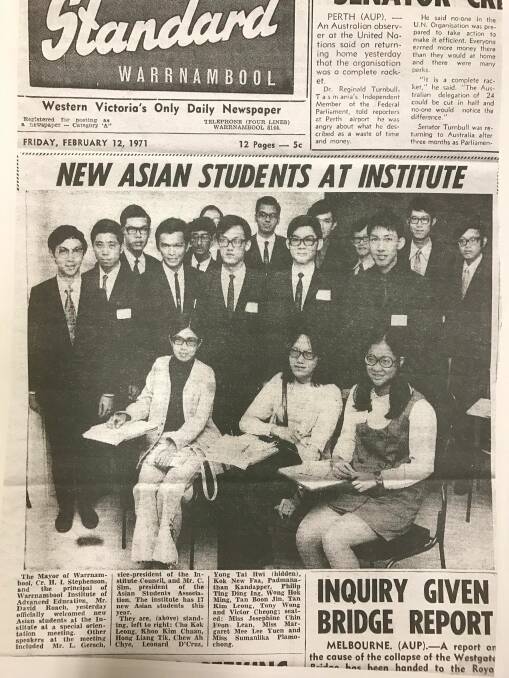
"We were the second batch of Asian students which came here, in the first batch there were about three or four but we were about 17 so there were a lot of us," he said.
"There was only one Chinese restaurant at the time and just one Greek-owned fish and chip shop and that was almost it.
"It was tough for us because we couldn't buy a lot of Asian food, you could only buy very basic things then. My sister in Sydney used to send me a lot of Asian groceries.
"I was lucky that way, but by and large we did it tough to a certain extent.
"The Warrnambool Institute of Advanced Education was very good to us and tailor made a lot of things for us including organising host families but it wasn't the same.
"Kids who come now can just locate anything at the supermarket."
Mr Cho said being accepted by the community at the time was a top priority for him.
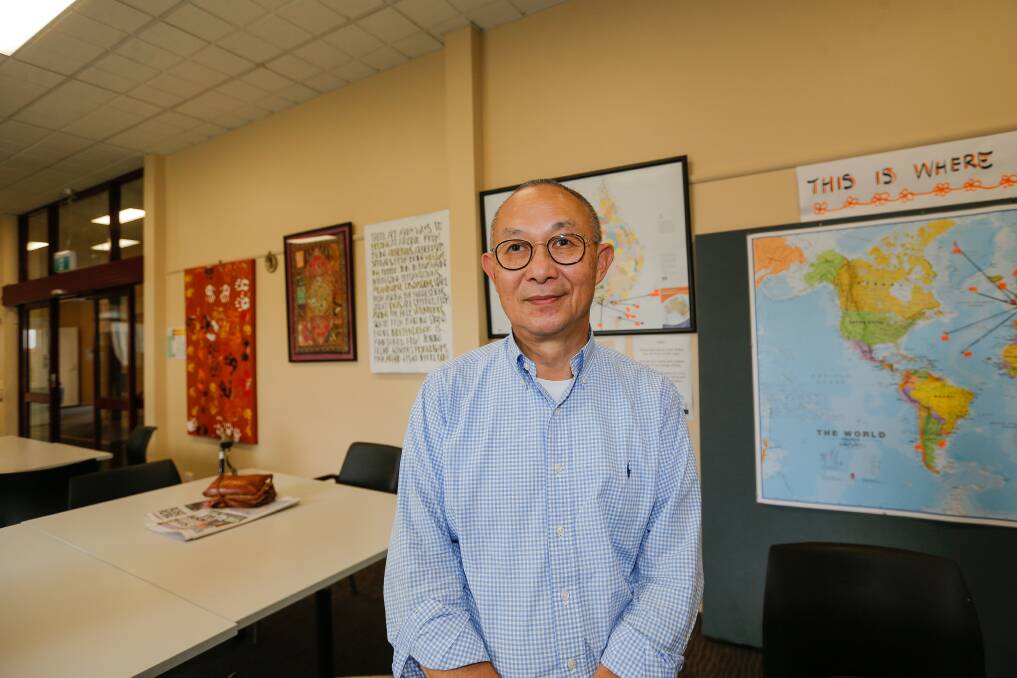
"I was very lucky to work at a well-established firm like Sinclair Wilson and I think people thought if I worked in a place like that I must've been ok," he said.
"My fear of being discriminated against meant I worked twice as hard so the clients got twice the service for half the price.
"But everyone accepted me very well and that's why I'm giving back to the town through charities now. I'm grateful for what the town has done for my family and it's my turn to give back."
City rush
With the exception of Mr Cho, Mr Schneider said most people from overseas tended to move to capital cities rather than to regional areas first.
"Many migrants and refugees move to capital cities when they first arrive in Australia," Mr Schneider said.
"Many migrants and refugees have come from rural or regional areas in their places of origin and will seek the move to regional areas when the time is right."
Local resident and Warrnambool City councillor Otha Akoch and his family were the first from South-Sudan to arrive in Warrnambool, eventually leading a program to help others in his community to choose regional Victoria first.
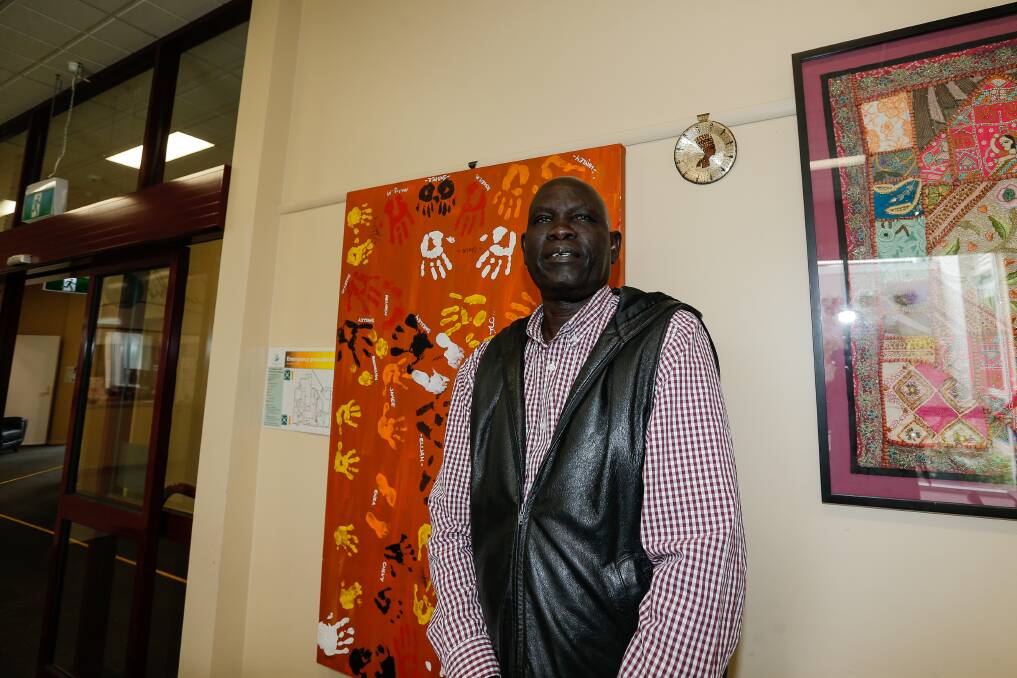
"When I first arrived in Australia I was thinking about going to the regions because if you look at the migration history of the nation, most people go to rural and regional places," Cr Akoch said.
"During the Second World War and afterwards, they didn't stay in big cities but rather they chose to go rural to build their lives and the second or third generation would go back to cities.
"One of my advocacies after six months being in this country was to help refugees go to rural Australia instead of big cities.
"The chance came when Warrnambool City Council sent down two staff from the community sector to go down to Melbourne to look for 10 families from Sudan and Middle Eastern countries to relocate to Warrnambool.
"I was told to meet the two staff and I liked the idea so I went back to the community and talked to them about it. I eventually arrived here in 2003 and we were the first South-Sudanese family to arrive in Warrnambool.
"Many came and joined us and at some stage we were a really big community in Warrnambool. The job opportunities were an issue for some of them who went on to some other cities or states.
"For me it wasn't about job opportunities, it was about raising a family in a good social environment.
"I decided I needed to prepare my children to call this place home. For me as a refugee I was used to roaming and I didn't have a sense of belonging anywhere but I didn't want my children to have that same feeling.
"My three boys are very active in sport and they are happy to be here and to call Warrnambool home."
New home
Local resident Wei-Lin Mai moved to Warrnambool from Taiwan in 2012 and has since worked tirelessly to help those coming from oversees feel at home.
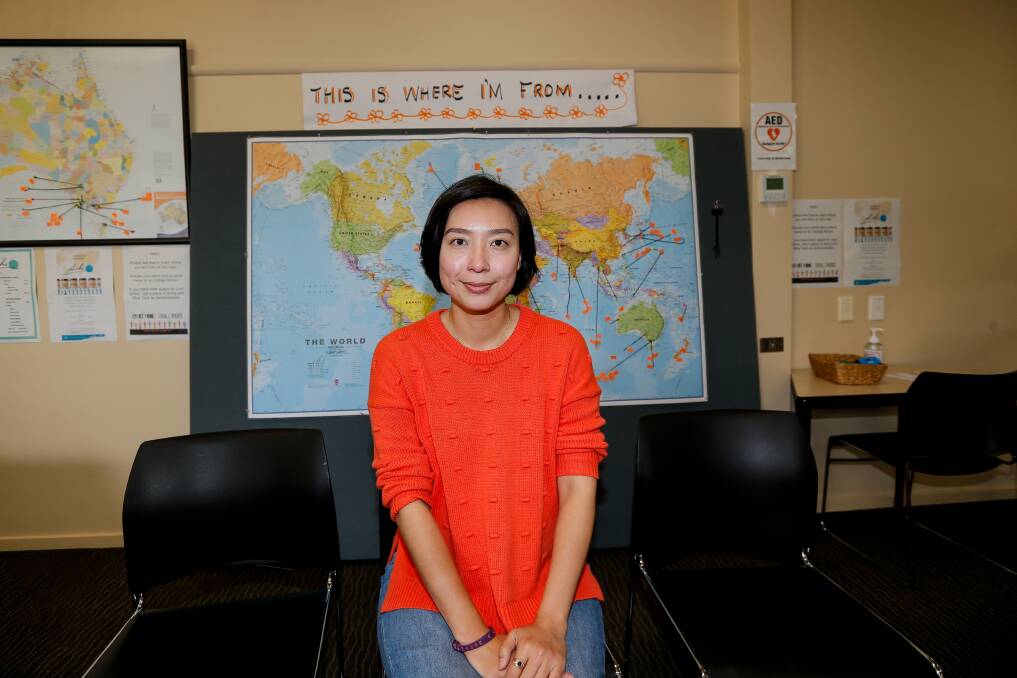
"When I came to Warrnambool I had very limited information about the resources, services and social groups available to me," she said.
"I had a socially isolated life for four years. In 2016 I started to attend an Adult Migrant English Program and I met my good friends there and it also increased my language skills.
"I'm now the author of the Regional Settlement Guide which supports multi-cultural residents to re-settle in Warrnambool and surrounds. It's a non-profit booklet that took more than 700 hours to develop on a voluntary basis."
Ms Mai, who is also a Victorian Multicultural Commission Regional Advisory Council member for the Barwon South West region, said it was important for newcomers to take their first big step.
"Overall I would suggest new residents to come out of their homes and to connect with the community through engaging in cultural events," she said.
"Through these things you get to know the community and meet new people - you will feel you're not alone."
Jayaweera Bandara (Bundy) arrived in Warrnambool in 1995 from Sri Lanka and has helped to run the local Sri Lankan community group for 15 years.
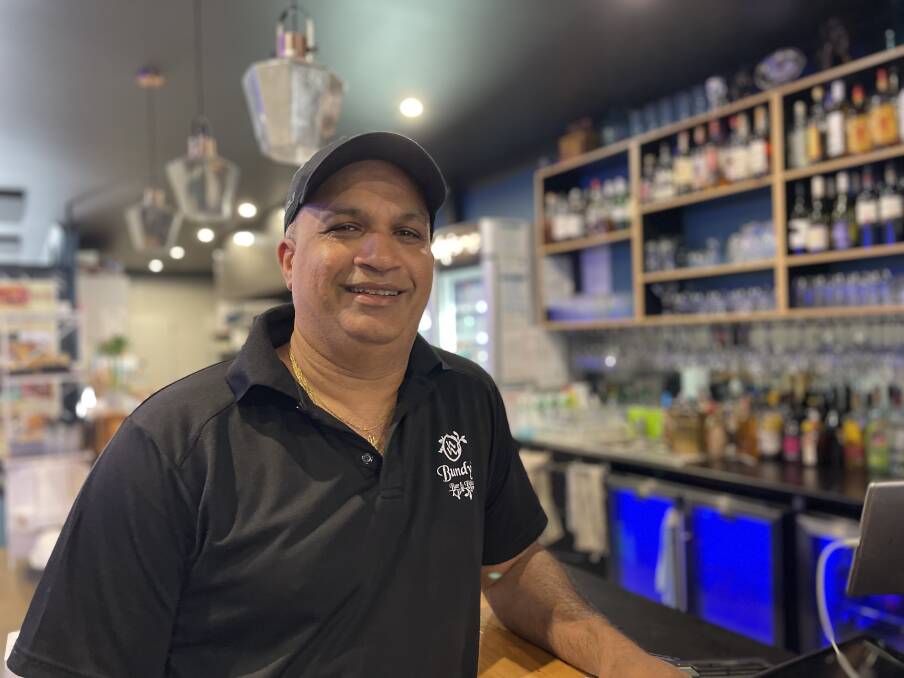
He said joining a cultural group was a great way to start connecting with the community.
"It's very important because when you have a get-together you meet new people which is good for someone who is new," he said. "People can get to know each other and they can speak the Sri Lankan language if they don't speak much English."
Our journalists work hard to provide local, up-to-date news to the community. This is how you can access our trusted content:
- Bookmark https://www.standard.net.au/
- Make sure you are signed up for our breaking and regular headlines and newsletters
- Follow us on Facebook, Twitter, Instagram and LinkedIn
- Tap here to open our Google News page.
- Join our Courts and Crime Facebook group and our dedicated Sport Facebook group
- Subscribe

